3 Important Tips for Hugelkultur Raised Beds
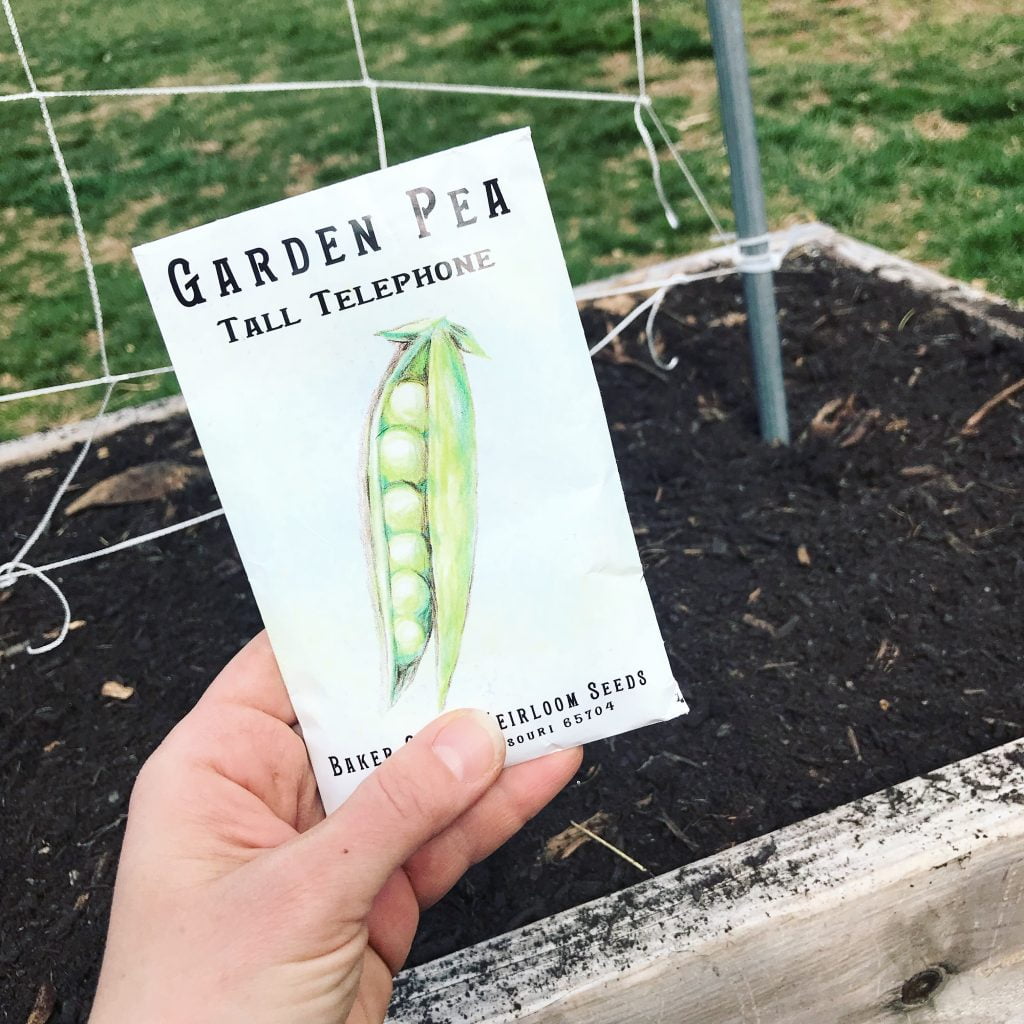
Plan your best garden with simple, step-by-step instructions!
This post may contain affiliate links, which means I make a small commission at no extra cost to you.
See my full disclosure here.
Remember how we threw together nine new Hugelkultur raised garden beds last year during our whirlwind transition to the new farm? Yeah, I’m glad that’s over!
Many of you have asked for an update, and as we head into year two with our Hugelkultur raised beds, I have important tips to share from all I learned during the first year.
Hugelkultur Raised Beds Update
If you’re not sure what Hugelkultur raised beds are to begin with, you’ll want to start with last year’s post about builidng Hugelkultur raised garden beds.
Here’s a quick recap: we layered rotting logs in the bottom of our raised beds, and then piled on layers of straw, compost, and top soil.
How did our Hugel garden grow? Some of the beds and some of the crops did just fine. Others were a dismal failure.
3 Important Tips for Hugelkultur Raised Beds
After one year with our Hugel beds, this is what I learned…
- Wood base: Logs are MUCH preferred over wood chips as a base for hugelkultur raised beds.
- Soil depth: The top layer of soil in a hugelkultur raised bed should be at LEAST as deep as the wood base.
- Nitrogen levels: Nitrogen deficiency can be amended over time by adding certain materials and by growing nitrogen fixing plants.
The beds in which we violated one or both of the first two tips (especially tip #1) were the beds that suffered.
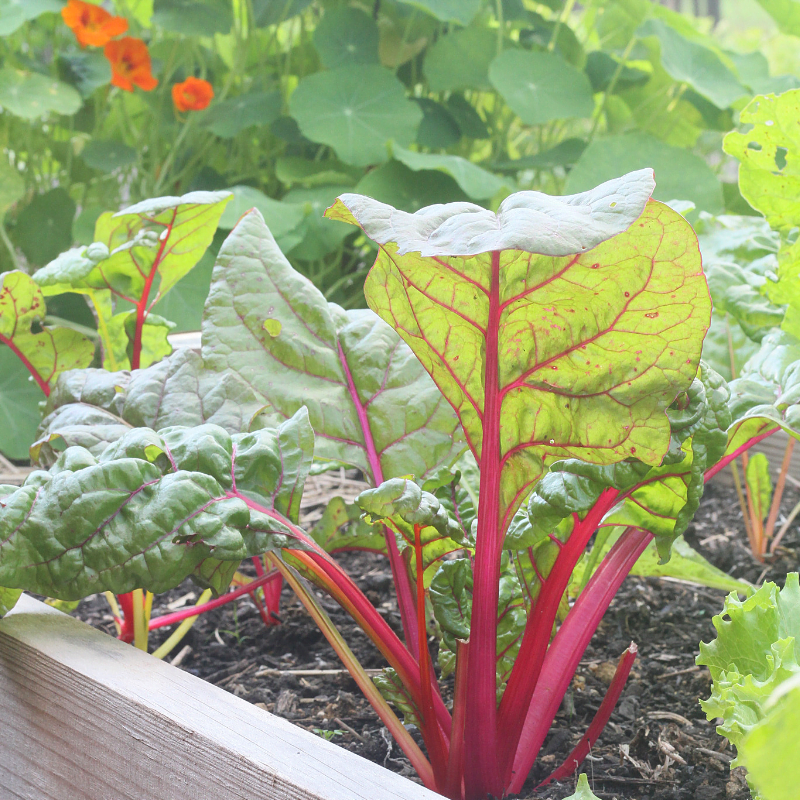
Wood Base: Logs vs. Chips
We used up our supply of rotting logs in the first six boxes (the ones closest to the house). Those beds did the best, producing lettuce, radishes, carrots, beets, tomatoes, green beans, peppers, onions, and probably a few other things that escape my mind at the moment.
After we moved to the farm and caught our breath (not really), we added three more boxes and filled the base with wood chips because we had them on hand. Those three boxes did terrible! The plants hardly grew at all, and they were very unhealthy. The bugs finally finished them off before we had a chance to harvest any crops.
After a bit of research, I realized that decomposing wood chips create a huge nitrogen deficiency which majorly stunts plant growth and makes them susceptible to pests. Decomposing logs do not rob nearly as much nitrogen from the soil because the surface area is much less as compared with thousands of tiny wood chips.
You can actually watch this quick tour of our spring garden from last year. It was shortly after we’d moved in and we still had only six garden boxes. Everything was kind of a mess, and the house was still blue with green trim and a bright white door (yikes!). A lot has changed since then, but all the plants appearing in this spring garden tour (in those first six boxes with a hugel base of rotting logs) did fantastic.
Soil Depth Matters
Does this mean you shouldn’t use wood chips as a base for hugelkultur raised beds? I don’t think so. According to my research, I think we could have avoided such a huge nitrogen deficiency by following tip #2 more closely.
If we had started with a more shallow layer of wood chips and a deeper layer of organic materials (including nitrogen-rich greens) and soil on top, I think the plants would probably have done just fine.
The moral of the story is: use logs and branches for the base of your hugelkultur raised beds, if you have access to them.
If you have no access to logs or branches and must use wood chips (which can often be found for free from tree disposal companies, utility services, or even the local dump or recycling services), be extra cautious: add plenty of nitrogen-rich materials and make the top layer of soil extra-deep (at least as deep or even deeper than your wood chip base).
How to Fix a Nitrogen Deficiency
I’m still learning about options for amending our nitrogen deficiency. One of the best things I could have done (but didn’t get to in time) was to plant a fall/winter cover crop in the hugelkultur raised beds. I did order the seeds and plan to do that this fall.
In the meantime, I added lime to each garden bed several times through late summer and fall. All through the fall and winter we gave our free range chickens access to the garden beds, scattering their feed through the boxes to encourage their scratching and waste products to improve the soil.
This spring we worked coffee grounds and rabbit poop into each bed, and topped off the beds with a fresh layer of high quality top soil from our local organic nursery.
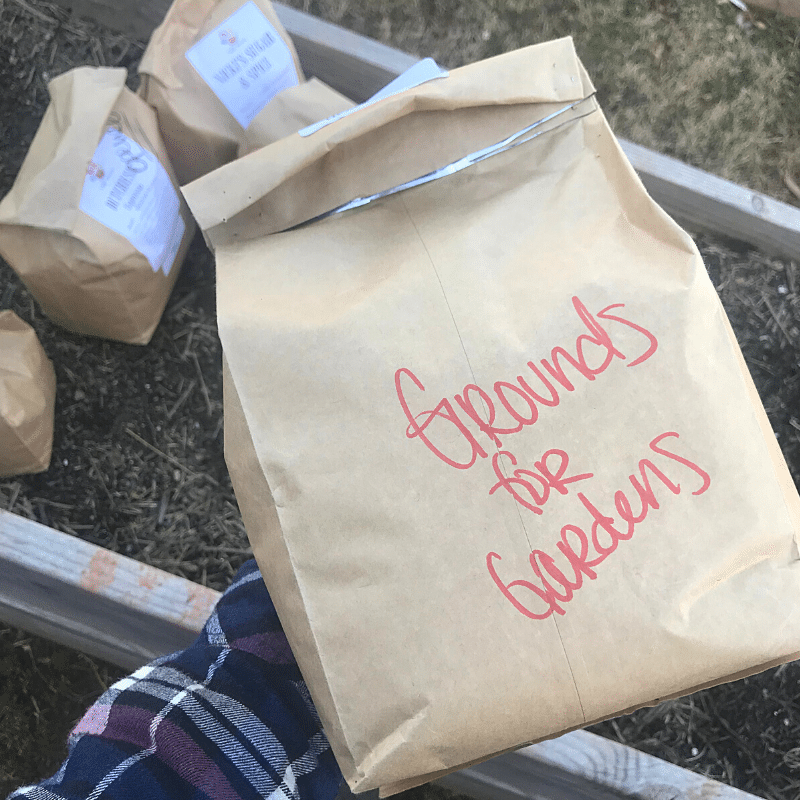
Here’s a quick list of organic ways to add nitrogen to your garden beds:
- Cover crops: If at all possible, create your hugelkultur raised bed in the summer or fall and plant a fall cover crop of alfalfa, clover, or vetch. In the spring, till the cover crop into the soil a few weeks before planting vegetables in your beds.
- Nitrogen-fixing plants: In the first year, grow nitrogen fixing plants like peas or beans. These plants take nitrogen from the air and put it into the soil.
- Grass clippings: As you create a hugulkultur raised bed, add grass clippings or other green organic materials right on top of your wood base.
- Coffee grounds: Many coffee shops will gladly save their used coffee grounds for you. Work the grounds right into your raised beds. You can also top dress your plants with coffee grounds through the growing season.
- Composted manure: Composted manure from horses, cows, chickens, goats, or sheep makes an amazing garden fertilizer. Just make sure it comes from a clean source and is fully composted. Raw (uncomposted) manure will burn your seeds and plants.
- Rabbit manure: I am so excited about this addition to our homestead! Rabbit poop is a “cold” manure that can be added directly to garden beds without composting. Rich in nitrogen and other important nutrients, it’s like an organic version of Miracle-Gro!
- Garden lime: According to my understanding, lime doesn’t directly affect nitrogen levels but it does raise the pH of the soil, which impacts the plants’ ability to absorb available nutrients.
I’m eager to observe the results in our Hugelkultur raised beds in our second year of gardening on the new farm. Fingers crossed for bigger and better crops, and fewer pests!
Do you have access to logs, branches, or wood chips? Would you ever try the Hugelkultur method in your garden beds?
More ways to use Hugelkultur in your garden:
- How to Build Hugelkultur Raised Beds
- 3 Steps to Create Hugelkultur Beds on the Ground
- How to Create Trenched Hugelkultur Beds
More about seeds and gardening:
Want More Help?
Hügelkultur Ebook - 18 pages
Tried and true methods for fast results: build your soil and grow better veggies.
You might also like...
19 responses to “3 Important Tips for Hugelkultur Raised Beds”
-
I LIKE YOUR BEDS WHAT KIND OF WOOD DID U USE TO MAKE THEM?
-
Also what are the dimensions of your boxes?
-
Where did u get your electric fence? and do u like it ?, and does it keep out the deer?
-
Some gardeners will want to be careful about adding any lime. As you noted, it changes the pH of the soil in the upward (toward alkaline) direction. If you live where the soil is highly acidic, lime could be a good idea. But if your soil is already on the alkaline side like where I live, it’ll just make things worse. Also, coffee grounds are on the acidic side. Great for my place! Maybe not, elsewhere. It’s all good stuff, but balance is going to be key.
I wonder how your wooden boxes are holding up? I built some wooden planters a few years ago and lined them with plastic sheeting before planting. I still expect them to rot eventually, though I’m trying to slow it down with at least sealing the exterior surfaces when they show signs of weathering.
-
Our wooden boxes are doing great as we head into their third year. We know they’ll eventually need to be replaced, but we’re okay with that. Thanks for sharing your insights!
-
-
Thanks for sharing your observations about chips vs logs. I was thinking of going with the tree trimmer’s free chips. Now I need to reconsider.
-
Woods chips can still work, from what I hear, but it’s important to maintain a deep layer of soil and other organic materials between the chips and your plants.
-
-
Wood chips work great, have been using them for decades. Let the pile sit for a month to really heat up, then turn the pile a few times. After about two or three months, the chips will mellow and can be used as mulch or blended with garden soil. I built raised beds using the hugelkultur method, lining the bottom with partially composted wood chips last year and my honeyberries are growing like crazy.
-
Thanks for these tips! Yes, aging the chips would definitely help.
-
-
Curious how deep your raised bed boxes are?
-
Our raised boxes are approximately 20″ deep.
-
-
Hi Kathleen! Great information! I am going to try this in my greenhouse raised beds. I was actually going to let you know that rabbit poop isn’t the only manure you can use immediately, llama and alpaca manure is FANTASTIC and can be used right away as well! I have several llamas and alpacas and always add it to my pots and beds as well as make a tea for my house plants with it. I will be using the llama beans in replacement of the composted manure layer, but it has a lot of straw in it. Do you think that would cause issues?
-
Straw is totally fine! We use it as mulch and inner layers all the time. And thanks for filling me in about llama/alpaca poop. How cool!
-
-
Kathleen – thanks for your post on the HK stuff…I’m doing my first round of HK in some fresh garden boxes and hoping they go good!
-
Hope it goes well…keep me posted! 🙂
-
-
Thank you for this. My wife and I are planning about 30 4 x 8 foot beds for gardening, corrugated metal. Our new house has a a lot of trees and branches on the ground. I would rather use them to feed my vegetables than give them to the city to compost. I will ask, I thought you had to rework the mounds in hugelkutur ever so many years. will you have to dig up your raised beds and add more materials in the near future?
-
No, we just keep topping them off with compost and other organic materials to feed the soil. 🙂
-
-
I wonder after the logs or whatever wood base was used is completely broken down will the beds still keep warm? As this was a Huge benefit because of the cooking wood down below.
Also i was looking to find a % ratio. My beds are only a foot deep. Thanks in advance! Great post-
After the wood breaks down, it will be a regular garden bed filled with awesome soil. And I never use a ratio. Just lots of wood on the bottom, lots of other stuff in the middle, and lots of compost on top. It’s very flexible! 🙂
-





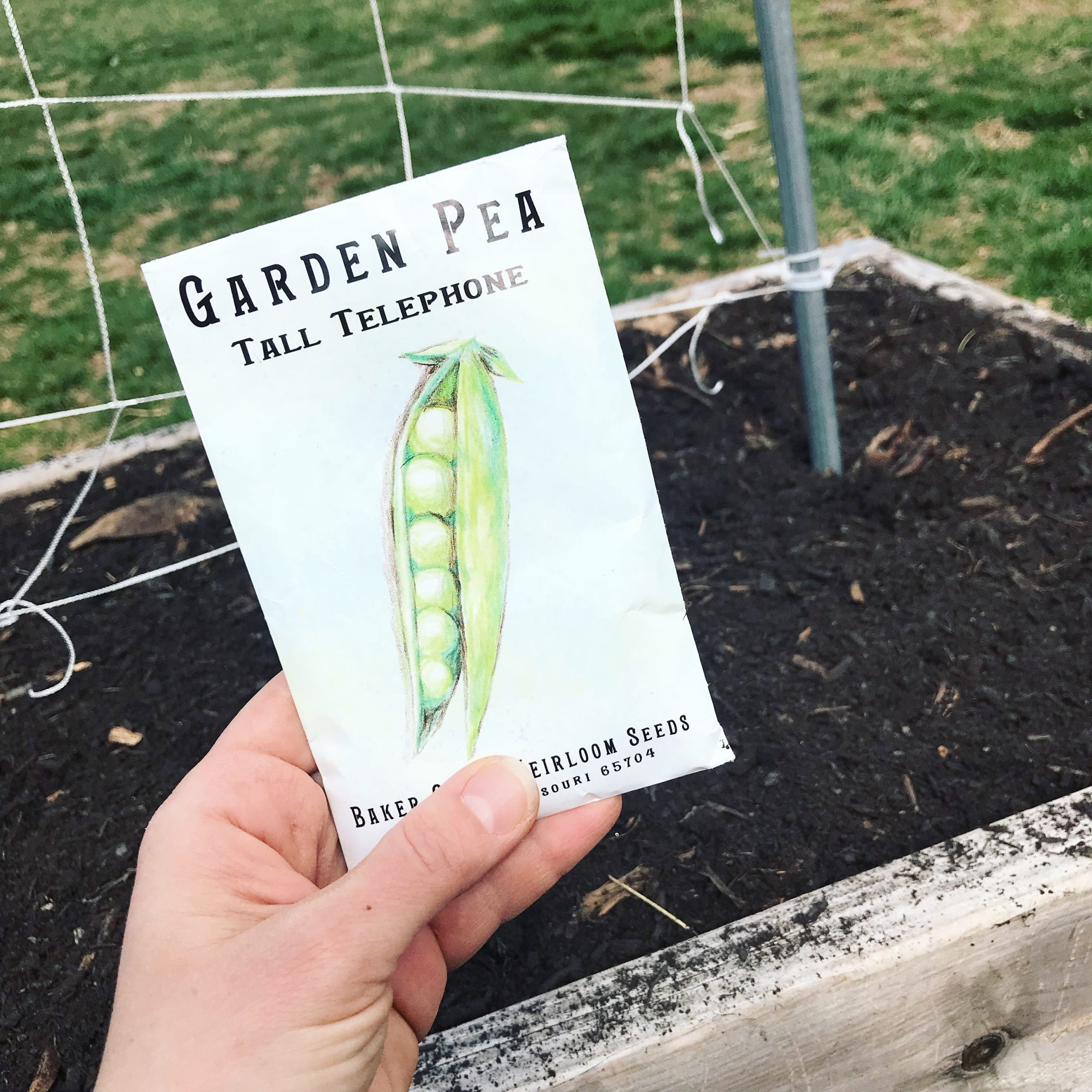
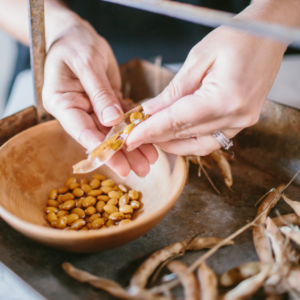
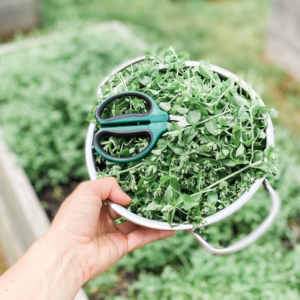
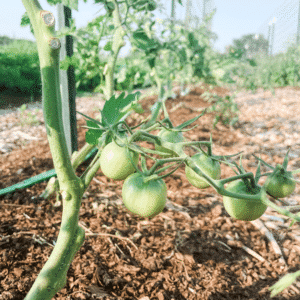
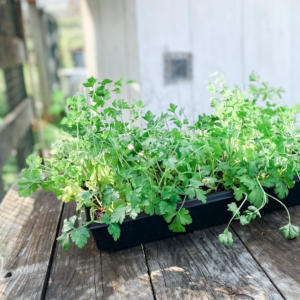
Leave a Comment